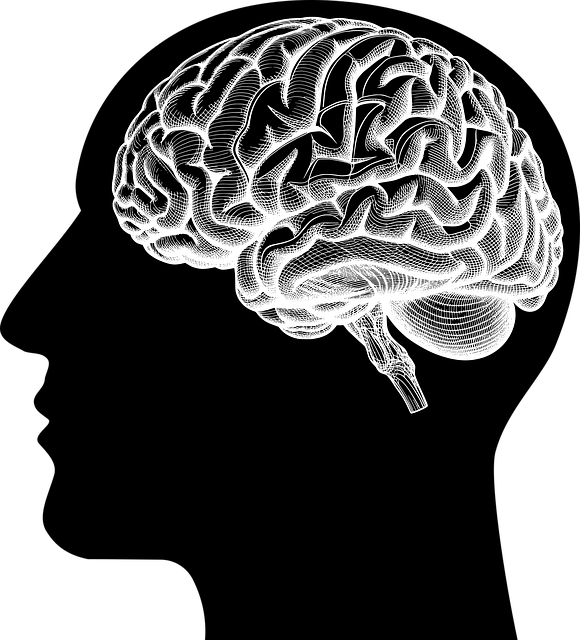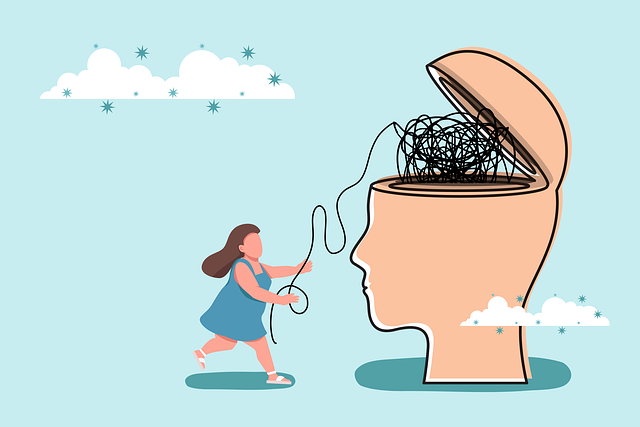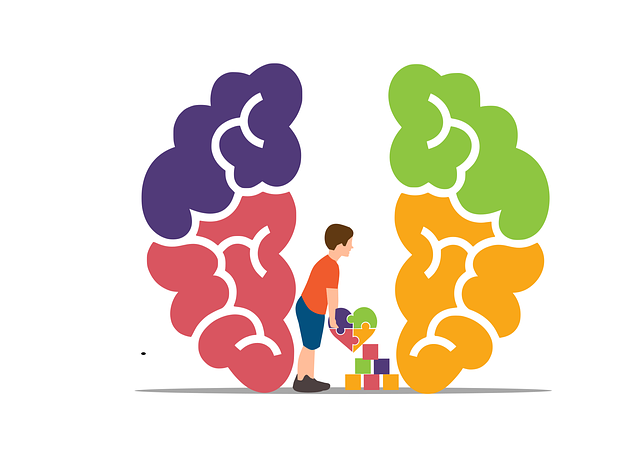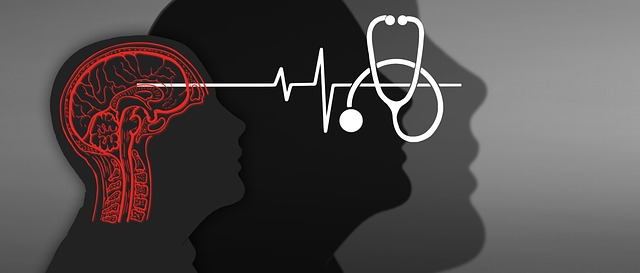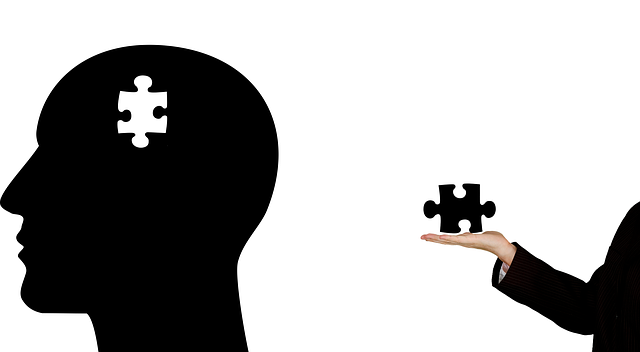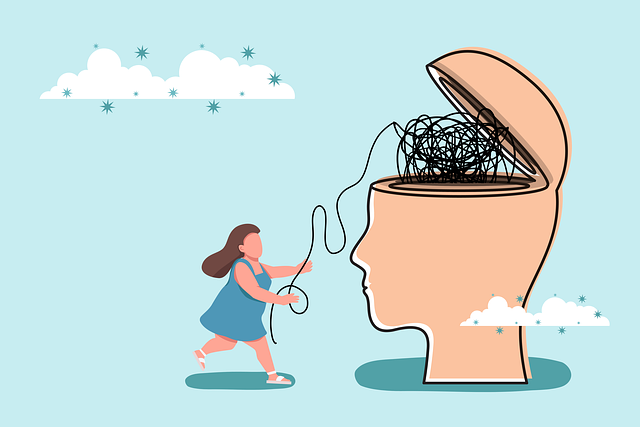Mental health support for individuals with autism spectrum disorder (ASD) has seen a significant evolution through targeted interventions like Golden ASD Therapy. By combining self-care practices, tailored routines, and digital tools like virtual reality, professionals can enhance resilience and positive mental health outcomes. Technology, such as mobile apps, offers engaging platforms for skill development and trauma support. However, challenges include privacy concerns and the need for rigorous evaluation. A successful Golden ASD therapy app should integrate communication, social interaction, and self-regulation features, catering to visual learning and sensory needs. Accessibility, AI-driven plans, and professional education on risk management are key future developments in this field.
In today’s digital age, mental wellness app development is revolutionizing access to support for conditions like Autism Spectrum Disorder (ASD). This article explores the potential of technology in ASD therapy, focusing on the design and implementation of a “Golden Autism Spectrum Disorder Therapy App.” We delve into opportunities and challenges, accessibility needs, and future directions, underscoring how innovative apps can enhance treatment and improve lives.
- Understanding Mental Health and Autism Spectrum Disorder (ASD)
- The Role of Technology in ASD Therapy: Opportunities and Challenges
- Designing a Golden Autism Spectrum Disorder Therapy App
- Implementation, Accessibility, and Future Directions for App Development
Understanding Mental Health and Autism Spectrum Disorder (ASD)

Mental health encompasses a wide range of emotional, psychological, and social well-being. It’s crucial to recognize that individuals on the Autism Spectrum Disorder (ASD) may experience unique challenges when it comes to their mental wellness. ASD is a complex neurodevelopmental condition characterized by difficulties in social communication and interaction, as well as repetitive behaviors and interests. Understanding these nuances is vital for developing effective therapy strategies, often referred to as Golden Autism Spectrum Disorder Therapy, which can significantly enhance the lives of individuals with ASD.
By integrating self-care practices tailored to their specific needs, many folks on the spectrum can build resilience and boost their confidence. This includes activities that foster a sense of calm, such as sensory-friendly spaces, structured routines, and mindfulness techniques. Moreover, risk assessment tools specifically designed for mental health professionals working with ASD individuals play a critical role in ensuring safe and supportive environments. These considerations collectively contribute to fostering positive mental health outcomes and promoting the overall well-being of those on the Autism Spectrum Disorder spectrum.
The Role of Technology in ASD Therapy: Opportunities and Challenges

Technology has opened up a treasure trove of opportunities for Autism Spectrum Disorder (ASD) therapy, revolutionizing the way we approach and support individuals on the spectrum. From virtual reality simulations that create controlled environments to help desensitize patients to social cues, to mobile apps offering structured routines and mindfulness exercises, digital tools are becoming powerful allies in ASD therapy. These innovations can be especially beneficial for those seeking trauma support services, as they provide accessible and engaging platforms for practicing essential skills and coping mechanisms.
However, the path to integrating technology in ASD therapy is not without challenges. Privacy and data security concerns surrounding sensitive patient information must be addressed. Moreover, ensuring cultural sensitivity and adaptability of these tools is crucial. For instance, while apps can offer structured mood management strategies, they may need to be tailored to diverse cultural contexts and personal preferences. Additionally, the effectiveness of digital interventions requires thorough evaluation, especially in mitigating risks for mental health professionals, who must stay abreast of potential adverse effects or unexpected outcomes associated with these new therapeutic approaches.
Designing a Golden Autism Spectrum Disorder Therapy App

Designing a Golden Autism Spectrum Disorder (ASD) Therapy App requires a nuanced approach that leverages technology to enhance and support emotional healing processes for individuals on the spectrum. The app should be tailored to address the unique challenges faced by those with ASD, incorporating features that foster communication, social interaction, and self-regulation skills. By integrating evidence-based practices and incorporating engaging games or activities, developers can create a digital space that encourages both therapy and fun.
A key aspect is designing intuitive interfaces that cater to visual learning and sensory considerations common in ASD. This includes using simple language, clear visuals, and customizable settings to ensure the app accommodates individual needs. Community outreach program implementation within the app can foster peer support and enhance social connections, promoting a sense of belonging. Additionally, incorporating mental health education programs designed specifically for ASD individuals can empower users with self-management strategies, thereby improving their overall mental wellness.
Implementation, Accessibility, and Future Directions for App Development

The implementation phase of mental wellness app development is a critical period that requires careful consideration of various factors to ensure effectiveness and user engagement. Accessibility plays a pivotal role here, aiming to make these digital tools accessible to a diverse range of users, including those with disabilities such as Golden Autism Spectrum Disorder (ASD). Developers must adhere to accessibility standards and guidelines to ensure the app can be navigated and utilized by all. This involves incorporating features like voice commands, adjustable text sizes, and alternative input methods.
Looking ahead, future directions in app development should focus on integrating AI-driven personalized therapy plans based on user interactions and progress tracking. By leveraging data analytics, these apps can adapt to individual needs, offering tailored interventions for specific mental health concerns. Furthermore, with the increasing recognition of burnout among mental health professionals, incorporating features that support their own well-being, such as risk management planning tools and mental health education programs designed specifically for them, could be a game-changer in the field.
The development of mental wellness apps, particularly tailored for individuals with Autism Spectrum Disorder (ASD), presents a promising avenue in therapeutic interventions. By leveraging technology’s capabilities, we can create innovative tools like the Golden ASD Therapy App, offering personalized support and enhancing accessibility to care. As we move forward, focusing on user-centric design, evidence-based practices, and addressing privacy concerns will be pivotal for the success of these apps. The future of ASD therapy lies in harnessing technology’s potential to improve lives and foster inclusive communities.
